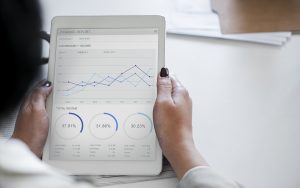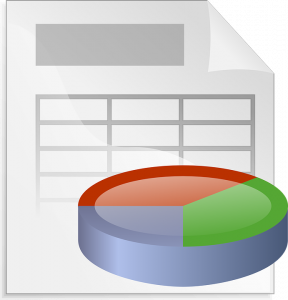The new trend is called Small Data strategy and is based on the saying that sometimes, less is more. Although its name may lead to error, the differences between Small Data and Big Data are not as significant as the name suggests.
 Keys to a Small Data strategy
Keys to a Small Data strategy
So, what are we left with Small Data or Big Data? The answer goes through a combination of both. As the experts say, a Small Data strategy relies on many of the Big Data tools, but only takes those data that interest you, and that can directly affect the decision making that you have to face on the day.
 In this context, the importance of less is more emphasized. We can have many data analysis tools and trends, but if you do not know how to use or do not know precisely what information is giving us the effort is useless. Therefore, the first key is to select the tools that most interest us and that we know how to interpret.
In this context, the importance of less is more emphasized. We can have many data analysis tools and trends, but if you do not know how to use or do not know precisely what information is giving us the effort is useless. Therefore, the first key is to select the tools that most interest us and that we know how to interpret.
To this key, we must add that a Small Data strategy has as a reference the human factor, the direct deal and the relationship with the client to try to find out what the trends are, the possible complaints or what improvements we can incorporate to the brand or the service. The second key is the active listening of the user to make decisions.
With the data that interests us and supported by the real opinion of the users, the third key to a Small Data strategy is to apply this information and turn it into a testbed in both communication and services offered by our brand. From there, the fourth key, as everything that has to do with the digital environment, involves measuring the results and checking if these respond to our expectations.
Benefits and tools of a Small Data strategy

Based on these keys, from the point of view of our business, the interests of a Small Data strategy basically lie in:
Take advantage of and employ the Big Data analysis tools in a practical way.
Maintain a much more direct relationship with the client, whose opinion we have much more in mind.
Make decisions quickly based on that active listening with the user.
Put a solid foundation for the marketing strategy in the digital environment.
Continue advancing in the interpretation of data to incorporate new options.

